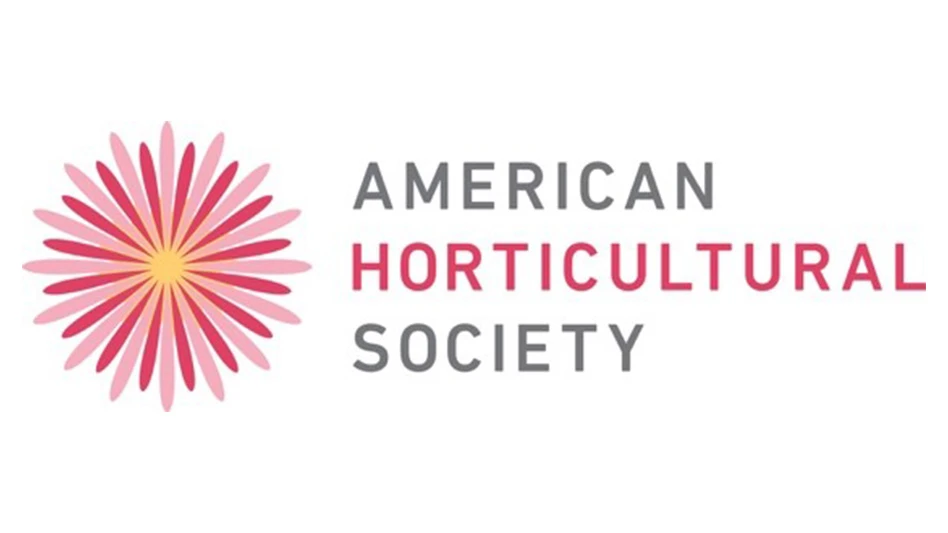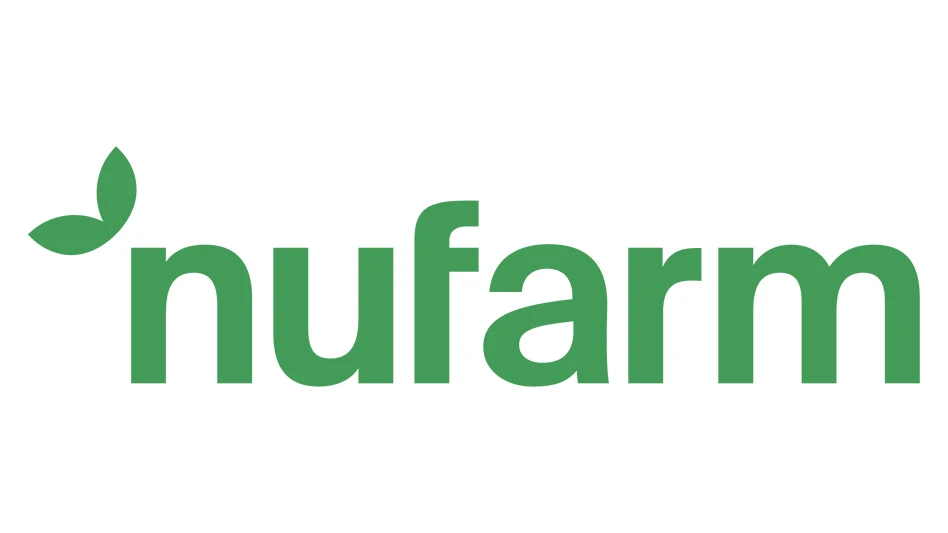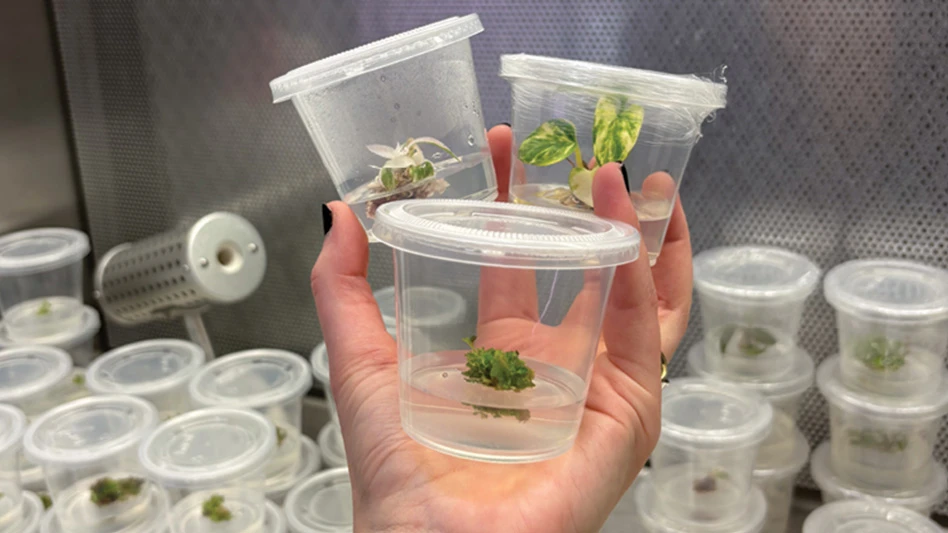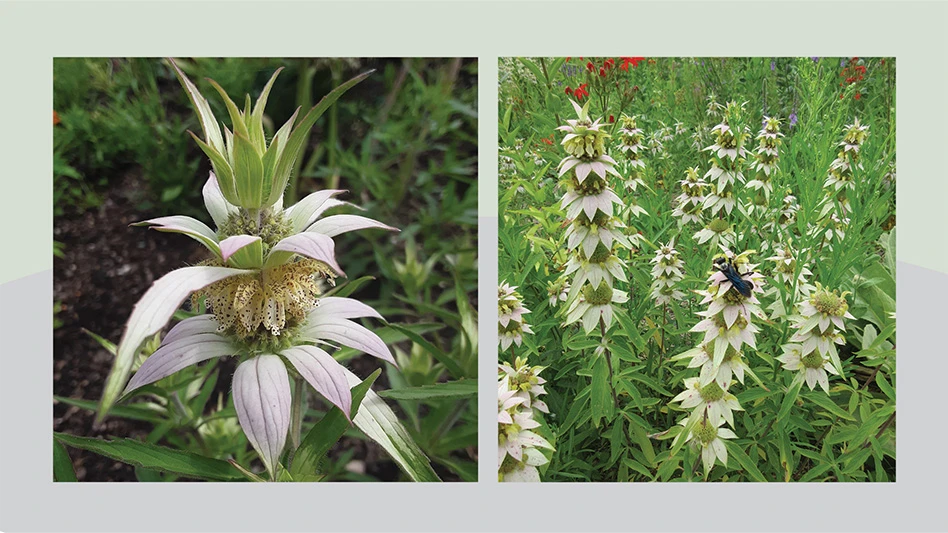 Leanne Pundt Leanne Pundt |
All plants, including algae, can thrive when given adequate moisture, nutrients and light. Algae may be especially problematic in greenhouses with high moisture levels. Their growth on walkways and under benches poses a safety hazard for workers. During plug production, slower-growing plants can be especially sensitive to algae build-up. If algae growth remains unchecked, an impermeable layer forms on the media surface that interferes with water penetration. Algae also serve as a food source for nuisance shore flies, and provide a breeding habitat for fungus gnats and moth flies.
Proper ventilation also helps reduce the amount of moisture in the greenhouse. Horizontal airflow fans (HAF) help regulate greenhouse temperatures and reduce excess condensation. Retractable roof or open-roof greenhouses provide superior ventilation benefits. Avoid overwatering, especially early in the crop cycle. Overwatering recently planted plant material compacts the media surface, and algae like to grow on a hard, moist surface. Maintain appropriate fertility levels. Excess nutrients, especially nitrogen and phosphorous, favor algae growth. Water the growing containers only as needed, to prevent excess puddling on the floor. Promptly fix irrigation leaks to prevent puddling on the greenhouse floors and make sure everything drains properly. Surface water from ponds may be high in nutrients that contribute to algae growth. If you use surface ponds or reservoirs as a water source, see Purdue Extension Factsheet HO-247-W, Controlling Algae in Irrigation Ponds by D.M. Camberato and R.G. Lopez (www.extension.purdue.edu/extmedia/Ho/Ho-247-W.pdf).
X 3 (hydrogen peroxide and peroxyacetic acid and octanoic acid) is a disinfectant/algicide that can be applied to greenhouse benches, walkways, floors and for irrigation systems. For best results, use with water with a neutral pH and low levels of organic materials. It’s not for use on food crops. GreenClean Pro Granular Algicide (sodium carbonate peroxyhydrate), upon contact with water, breaks down into sodium carbonate and hydrogen peroxide, and it can be used under benches on weed mats and greenhouse floors. Use with care, as non-target plants suffer contact burn if undiluted granules are accidentally spilled on them. Oxidate, GreenClean Pro, SaniDate and PERpose Plus (hydrogen peroxide/hydrogen dioxide) are organic products (OMRI-listed).
|

Explore the October 2012 Issue
Check out more from this issue and find your next story to read.
Latest from Greenhouse Management
- New book explores plants that thrive in Rocky Mountains
- Prospiant appoints Burk Metzger as new president
- Iowa plant supplier Plantpeddler building retail complex
- American Floral Endowment establishes Herman Meinders Memorial Tribute
- These companies are utilizing plastic alternatives to reduce horticultural waste
- Terra Nova releases new echinacea variety, 'Fringe Festival'
- AmericanHort expands greenhouse training with new Section Grower Certification
- Sakata Seed America celebrates renovation of Cal Poly greenhouse complex





